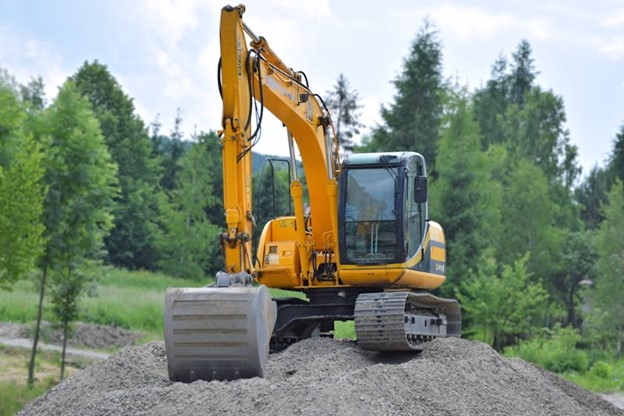
Texas is known for its severe weather patterns. In a year, this state will likely experience excessive rainfall and flash floods, followed by severe drought conditions. Neither of those conditions is favourable, but drought can be particularly harsh. Droughts in Texas are usually very prolonged, scorching hot, and can be described as intense lack of moisture.
Dry weather is never far away when you are in Texas. Here are some tips on how ranchers in Central Texas deal with drought:
Ranchers learned this hard lesson when they experienced a significant drought in 2001-2002. They did not plan and kept expecting that it would rain. They continued with their usual activity, expecting the best. They were stressed because they did not know what steps to take next.
That’s when they adopted a drought plan. They planned to start selling cattle in pairs where there were grasses. This strategy drastically decreased anxiety. Ranches have the space to dig ponds and lakes in order to store vast amounts of water through the dry season.
They experienced another drought, and the current plan went well in winter. Ranchers put up extra sorghum silage, planning to feed the calves longer to add weight. The drought soon intensified, and they followed their plan and sold their calves earlier, together with small calves that they originally planned to graze for summer. This action spreads their pairs to the available pasture.
Pride can be the reason for a person to make sound decisions for himself and his family’s well-being. Keep the possible options open because there is always another avenue to make your way out of drought.
If you realize you are getting less rainfall than the average, adjust your grazing management and take a cow inventory.
Ranchers reduced their cow herd to match the forage availability more accurately. These conservative staking rates increased weaning weights, making up for some of the reduced inventory.
Build a cow herd that can adapt to drought. Cull cows that don’t bring a calf to spring branding. A barren cow cannot compete for scarce forage against a producing one. This approach led them to cull about 20% of the cows, replacing them with better genetics.
Now, they have a cow herd that has completely adapted to Texas weather conditions. This staunch genetic selection could lead to cows better maintaining their body conditions despite the drought.
Grow grass this year for grazing next year. That’s how ahead you should think. With this one-year-ahead mindset, you wouldn't have to make drastic liquidation decisions once drought intensifies. The rested pastures can get your herd to better marketing time, allowing you to generate more income.
According to a rancher, sometimes, during drought, they can lessen cow liquidation by early-weaning calves at 170 days old. This decreases the cow’s caloric requirement by 30% so she can graze on the dry forage stricken by drought.
Though experiencing severe drought, this rancher has yet to purchase forages to feed his cow herd and has maintained regular culling activity.
Using a stocker cattle model can minimise the worry of selling your best cows in drought. Buy some stocker calves when you have good grass and sell them first if you see a developing drought.
Buy stockers, too, when coming out of a drought to shore up cash flow caused by a decreased number of cows. You can also keep a lot of mixed heifer calves for your own replacement program and for selling to other producers.
These heifers can help manage through a drought. If you need to sell down your cattle inventory, you can sell the heifers first. And even if you have to sell some of the productive cows, your build-back strategy will be the heifers when it starts to rain again.
Practice the take-half-leave-half approach to rotational forage management by putting cow-calf pairs into a grazing paddock for about two weeks and then moving them to another paddock afterward.
Lengthen it to three weeks or more during a drought. Slow down the rotation to give other pastures longer rest and more recovery time. The slower rotation may mean you graze off over half of the forage.
However, the cow’s body condition and overall pasture condition should be closely monitored. These factors are even more critical during drought.
Drought is not a new condition in Texas, so planning ahead is one of the best things ranchers can do.
Drought will always be a challenge that’s not likely to go away for Central Texas ranchers. This is why adapting and using innovative strategies will help you thrive. Carefully manage resources, implement rotational grazing, and explore other options to preserve livestock and livelihood.
These conditions may be challenging, but resilient and adaptive techniques offer a strong foundation for periods of low rainfall. This will help manage drought and sustain ranching activities through proactive planning and resourceful strategies.